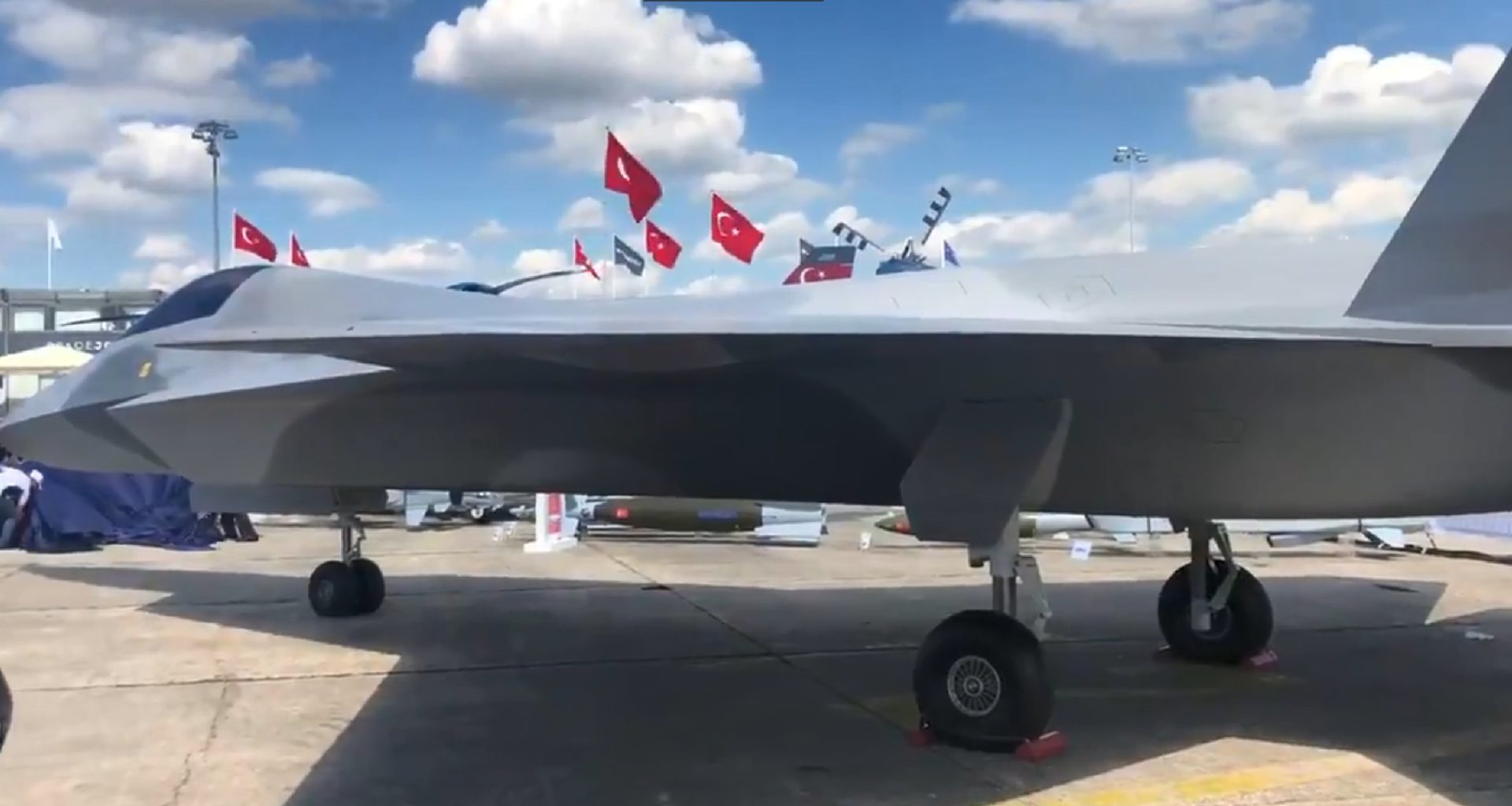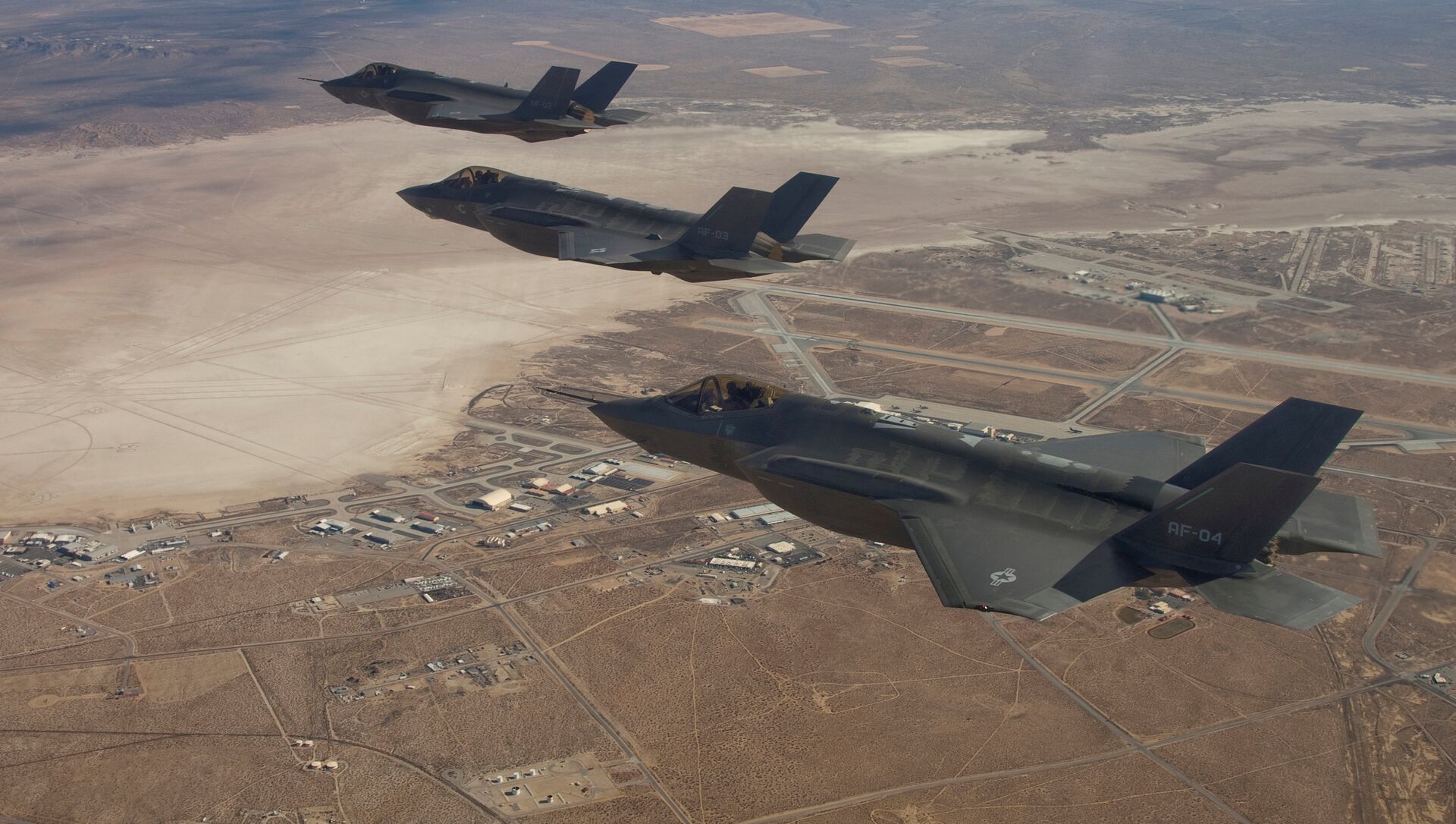After Turkish defence industries lost $1.4 billion in contracts due to Washington booting Turkey from the F-35 programme, Ankara's military procurement chief has pledged to prioritise production of the country's domestic replacement for the F-35, the forthcoming TF-X fighter.
Ismail Demir, Turkey's undersecretary for defence industries, announced the shift in a 30 April television interview, according to Defence News. Three days prior, Temel Kotil, CEO of Turkish Aerospace Industries, said the Turkish government had "earmarked an additional $1.3 billion" for Phase 1 of the TF-X programme, adding that 6,000 engineers were working on the project.
"My [top priority] is the TF-X programme. It definitely has to be done", Kotil said, as quoted by Defence News.
TAI hopes the aircraft, a rough analogue of the Lockheed Martin F-35 Joint Strike Fighter, will fly for the first time in 2025 or 2026.
In March, Kotil estimated the aircraft's cost would be similar to the F-35's as well, at roughly $100 million per jet. He expects TAI will produce two aircraft per month.
Turkey was removed from the F-35 programme by the US Congress last year after it refused to cancel a $2.5 billion purchase of Russian-made S-400 Triumf air defence systems. US defence leaders feared the advanced missile system working in conjunction with the F-35 would reveal weaknesses in the jet's stealthy design that could be exploited by Russia or other countries that use the S-400, such as China.
Turkey was expected to buy 100 F-35s and had already received eight, although they were stored at US airfields, where Turkish pilots were being trained to fly them.
Turkish industries built several parts for the jet as part of an international assembly team, and its removal from that team has caused trouble on both sides, with the jet's cost expected to increase by about 3%, Matthew Bromberg, chief of the military engines division for jet engine maker Pratt & Whitney, told US lawmakers last month.

TAI revealed a model of the TF-X at the Paris Air Show in 2019. Kotil readily admitted the company's experience making the F-35's fuselage had influenced the TF-X's design. According to properties stated at the reveal, the aircraft will be broadly comparable to the F-35 in terms of range, maximum takeoff weight, and engine thrust output, but will be a bit faster, capable of reaching Mach 2.
However, Ankara could still look to other nations to acquire more immediate replacements for the lost F-35s, including Russia's Su-57 stealth fighter, according to Turkish Industry Minister Mustafa Varank.
In March, Bloomberg reported that Turkey was considering partnering with Pakistan on the TF-X programme as well as other projects, including the Siper long-range air defence system capable of shooting down ballistic missiles. Last year, Turkey also invited Malaysia to join the programme, with Bangladesh, Kazakhstan, and Indonesia also considered potential partners. UK-based BAE Systems will also be working with TAI on the TF-X.
Jakarta, however, is unlikely to be interested, considering its continued participation in the KF-21 Boromae fighter project with South Korea has already been cast into doubt. Korea Aerospace Industries revealed the first completed KF-21 jet last month at a ceremony in Sacheon. South Korea has already pledged to buy at least 60 F-35s from Lockheed Martin, so the KF-21 is foreseen as an advanced replacement of the country's other ageing jets imported from the US decades ago. The jet does not have an internal weapons bay, meaning it won't be nearly as stealthy as the F-35.
Similarly, Japan attempted to develop its own parallel of the F-22 Raptor fighter jet, a slightly older sibling to the F-35 also built by Lockheed Martin, after Congress banned the sale of the jet to any other nation. Mitsubishi produced the experimental X-2 Shinshin stealth fighter, a testbed that never yielded an operational fighter, but the experience of having developed it is being used to aid the country's futuristic F-X fighter, expected to hit the skies in the middle of the next decade.

